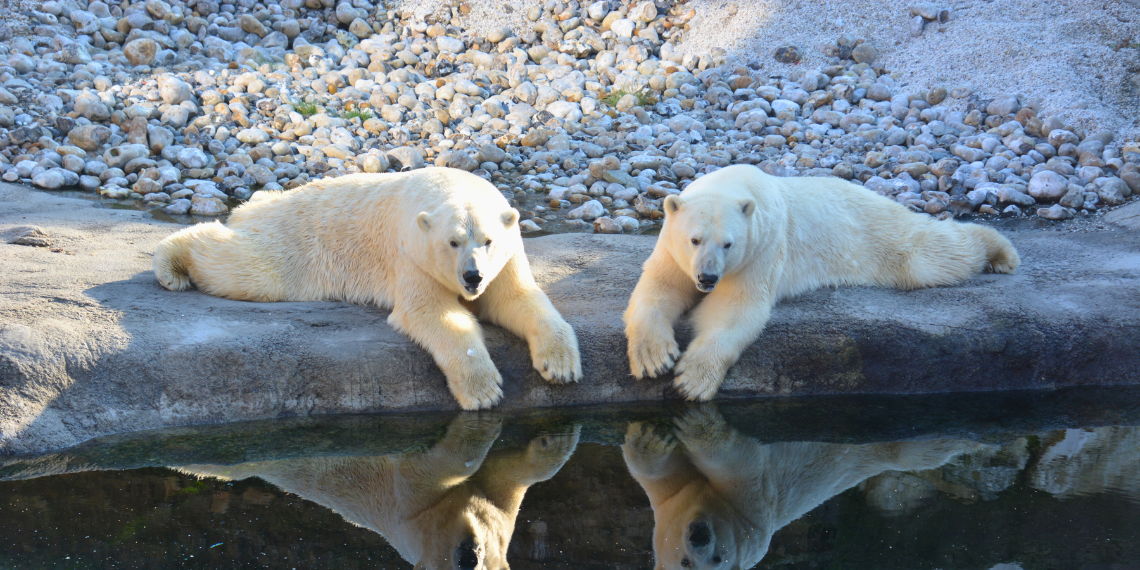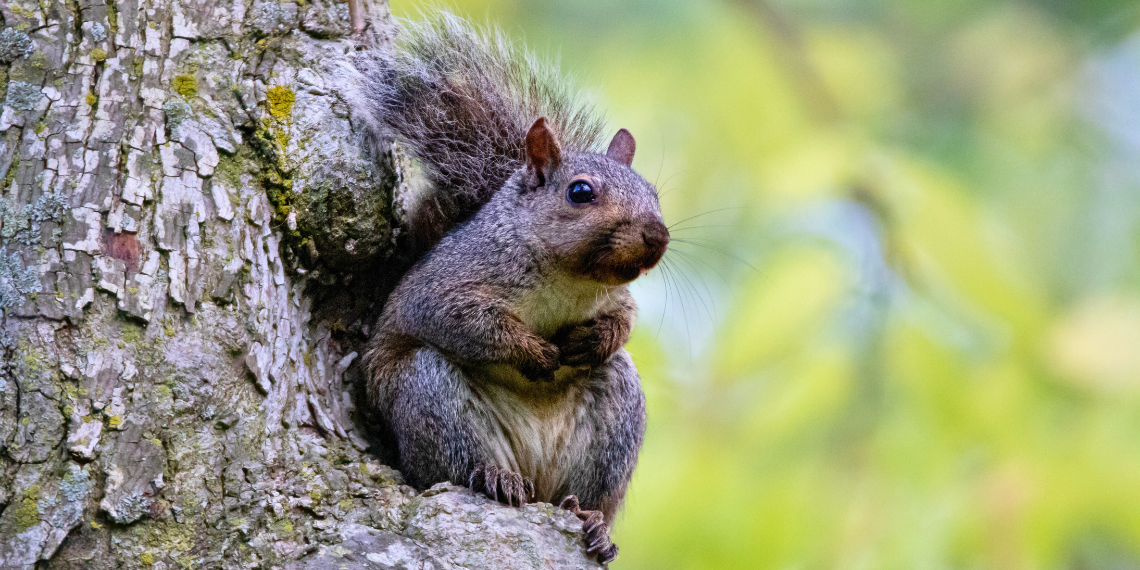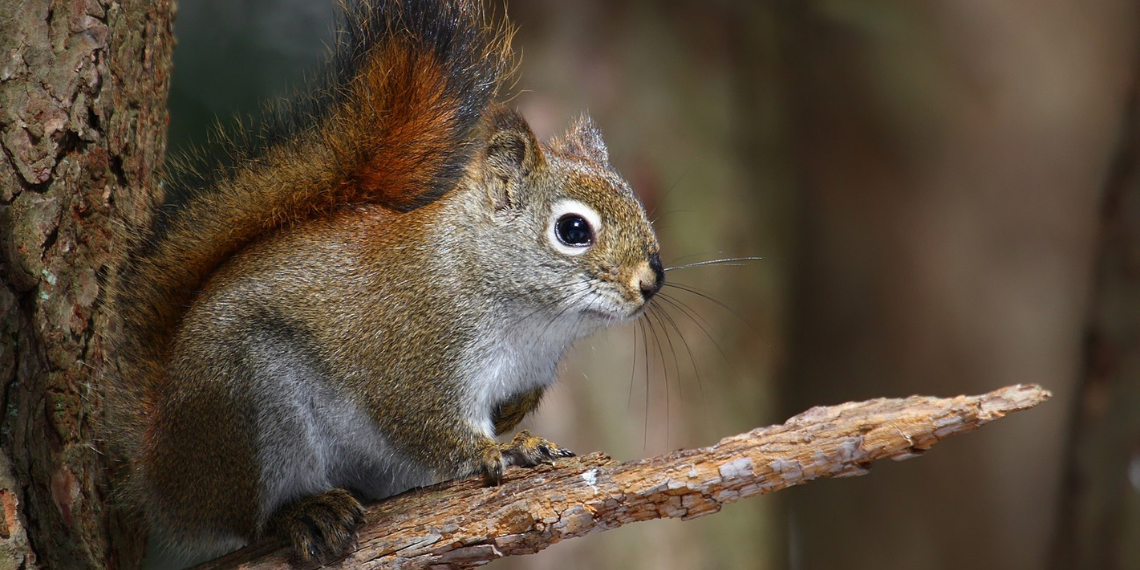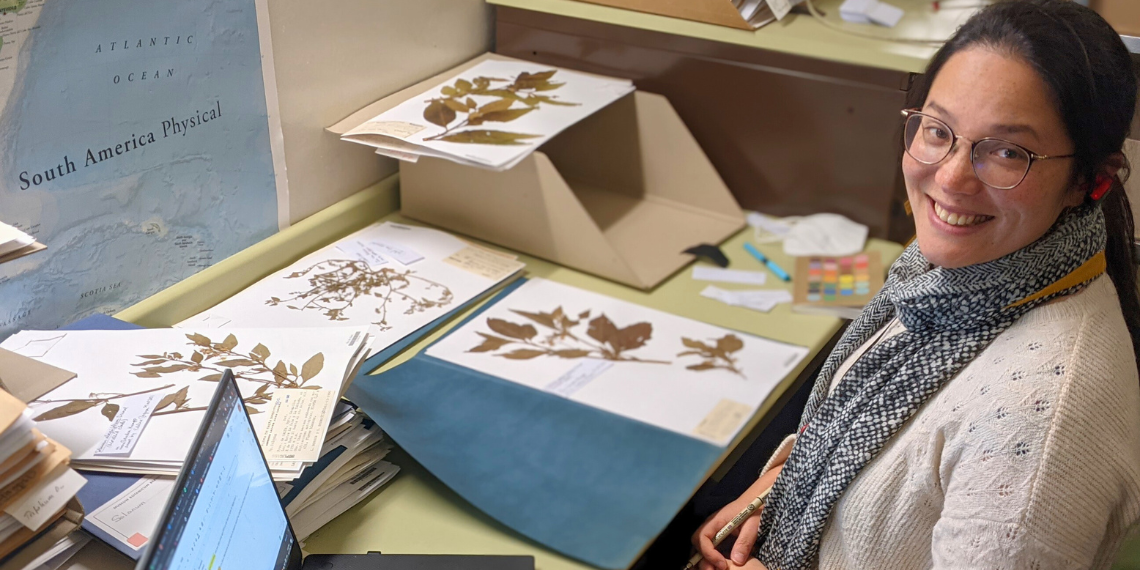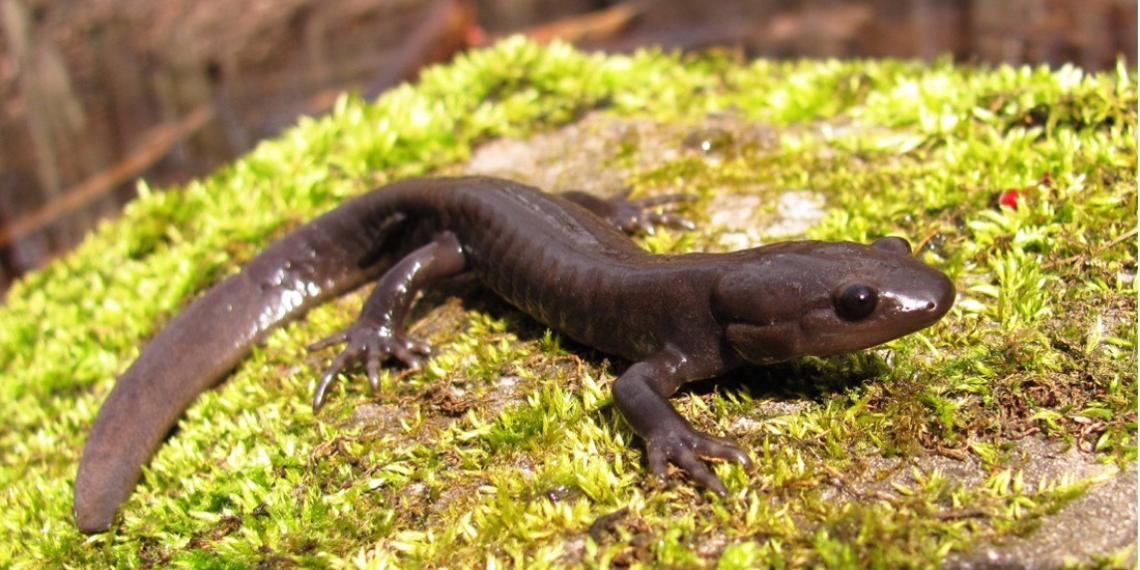
“Nutrient Density is Key”: A Look at Plant-Based Food Intake in Children
Plant-based foods are widely touted for their health benefits, and many dietary guidelines now promote their consumption. But how much of our diet actually comes from plants? While neither plant- nor animal-based foods are inherently better than the other, they have markedly different nutrient make-ups, which makes this important to understand.
